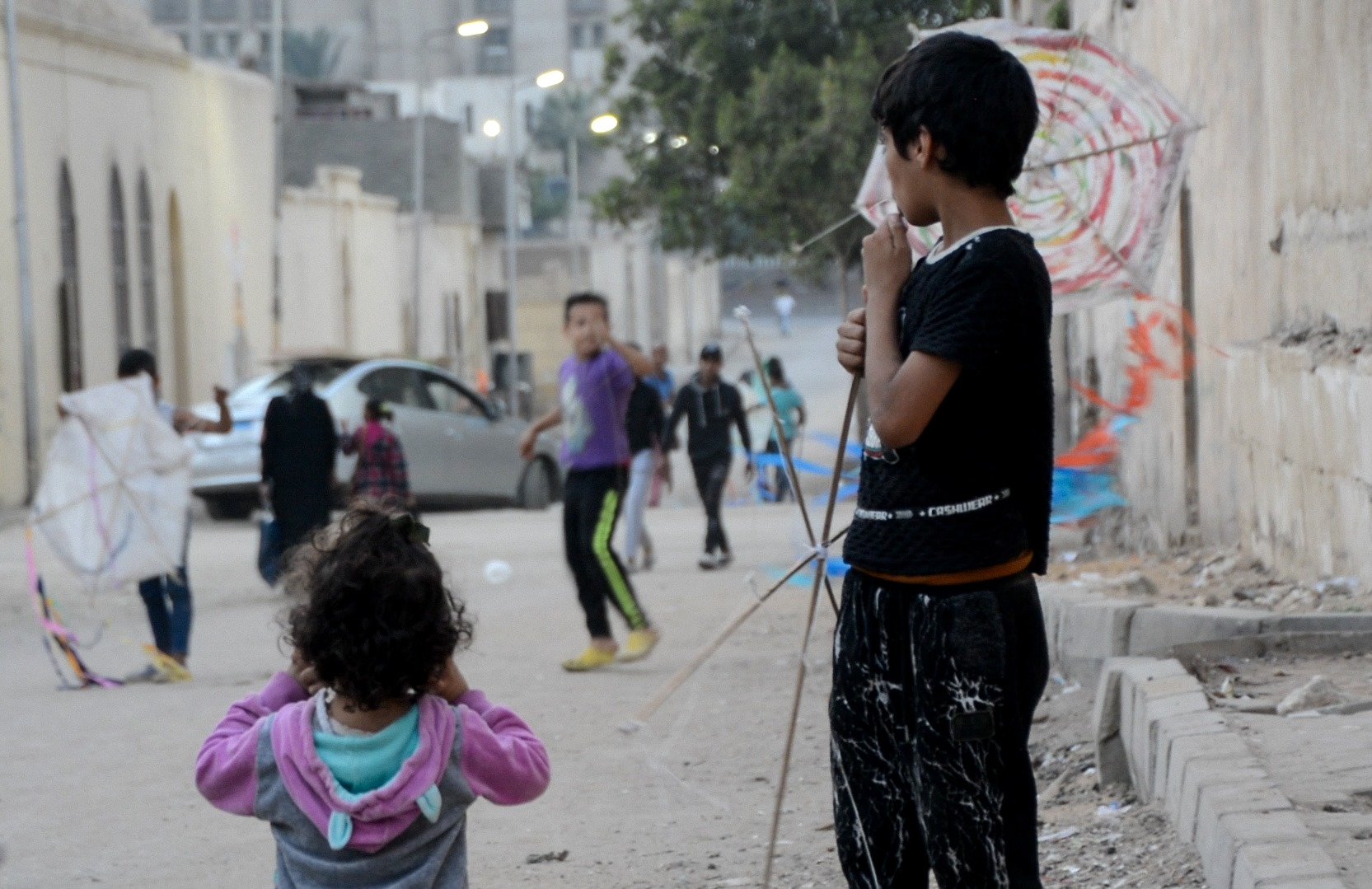Art video and performance, 2020

The need to retain - and subsequently to transmit - the suggestions that arise from being launched into a completely different culture from one's own is linked to the journey. This is what Alessandro Vangi does during an artistic residency with Raffaele Fiorella at Al-Qarāfa, the oldest Muslim cemetery in Cairo and Egypt, part of Islamic Cairo, on the eastern bank of the Nile. The cemetery, a place of inestimable artistic value, is inhabited and divided into real neighborhoods in most of the semi-urbanized cases. The reflection around which the artist's work develops is the coexistence of the living and the dead within the same environment, today (for a couple of centuries) unimaginable for European culture that relegates death to a space far from the center of cities, therefore also from daily life and action. Alessandro feels deeply attracted to this vision, he tries to get close to it to learn its beauty and mystery, but comes to the awareness that it takes time for the suggestions to be assimilated and become concrete and visible. What the artist can do is to draw on reality and transform the perceived images into a vision, despite the inevitable distance, stopping to think of the culture of the other as an object to be used, but rather as a world to be filtered through one's eyes. , to decline it later in situations that are totally alien to him. And it is for this reason that Alessandro brought his performance in two different contexts, in addition to this: in London, where he was accompanied by two free improvisation musicians, and in Bisceglie, on the occasion of the Sonimage festival, part of the Sightings review, at curated by Antonio Musci and Daniela di Niso.
Capturing moments and launching them in culturally distant contexts means on the one hand offering a glimpse of the world and on the other hand distorting reality and deforming it from the very personal point of view of the artist, who undertakes to convey his inability to understand and amazement in front of an ancient and new humanity at the same time. The sound and images, processed through opensource software at the same time as the performance is enjoyed, are only the ticket to a folded, absurd, confused, real and even a little imagined reality.
Carmelania Bracco